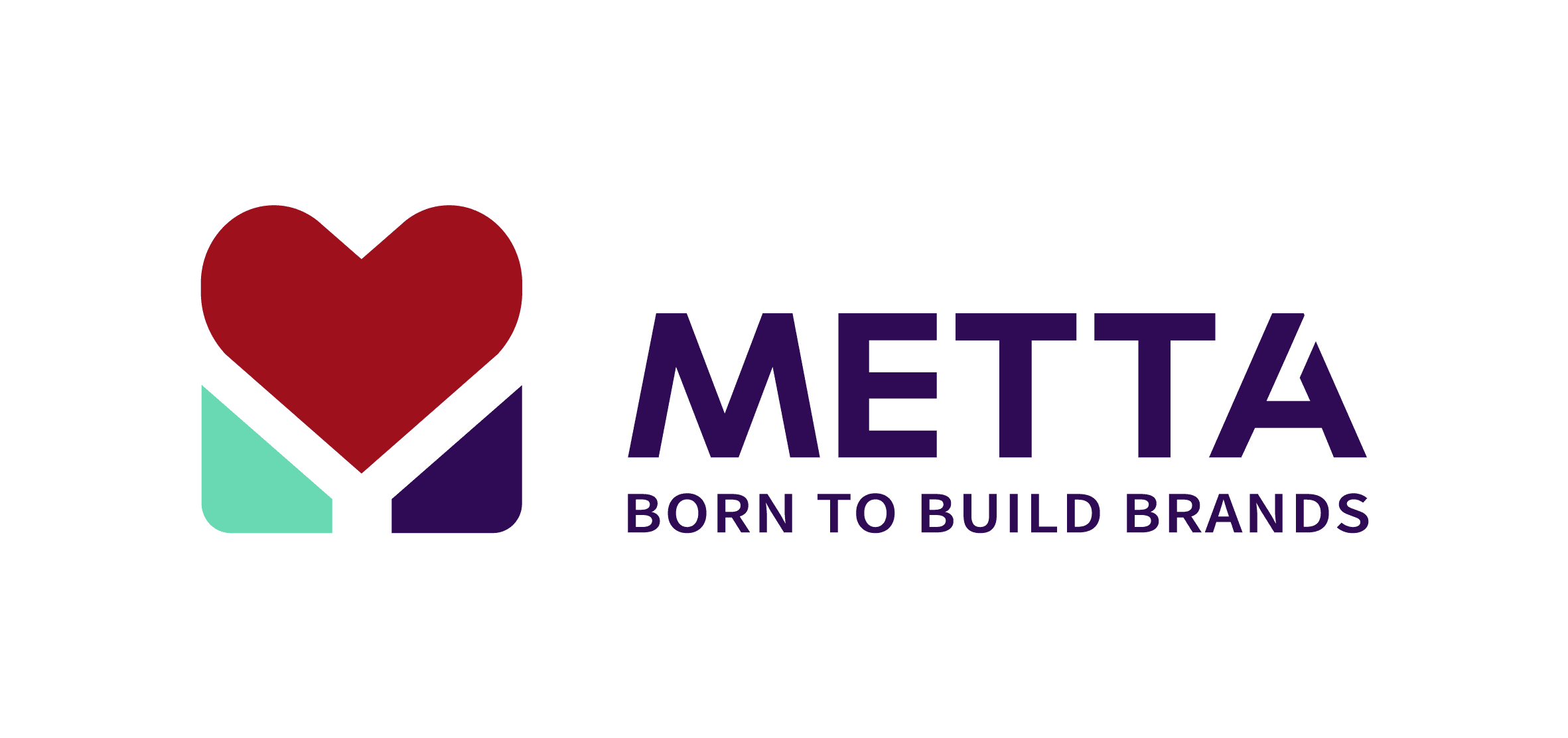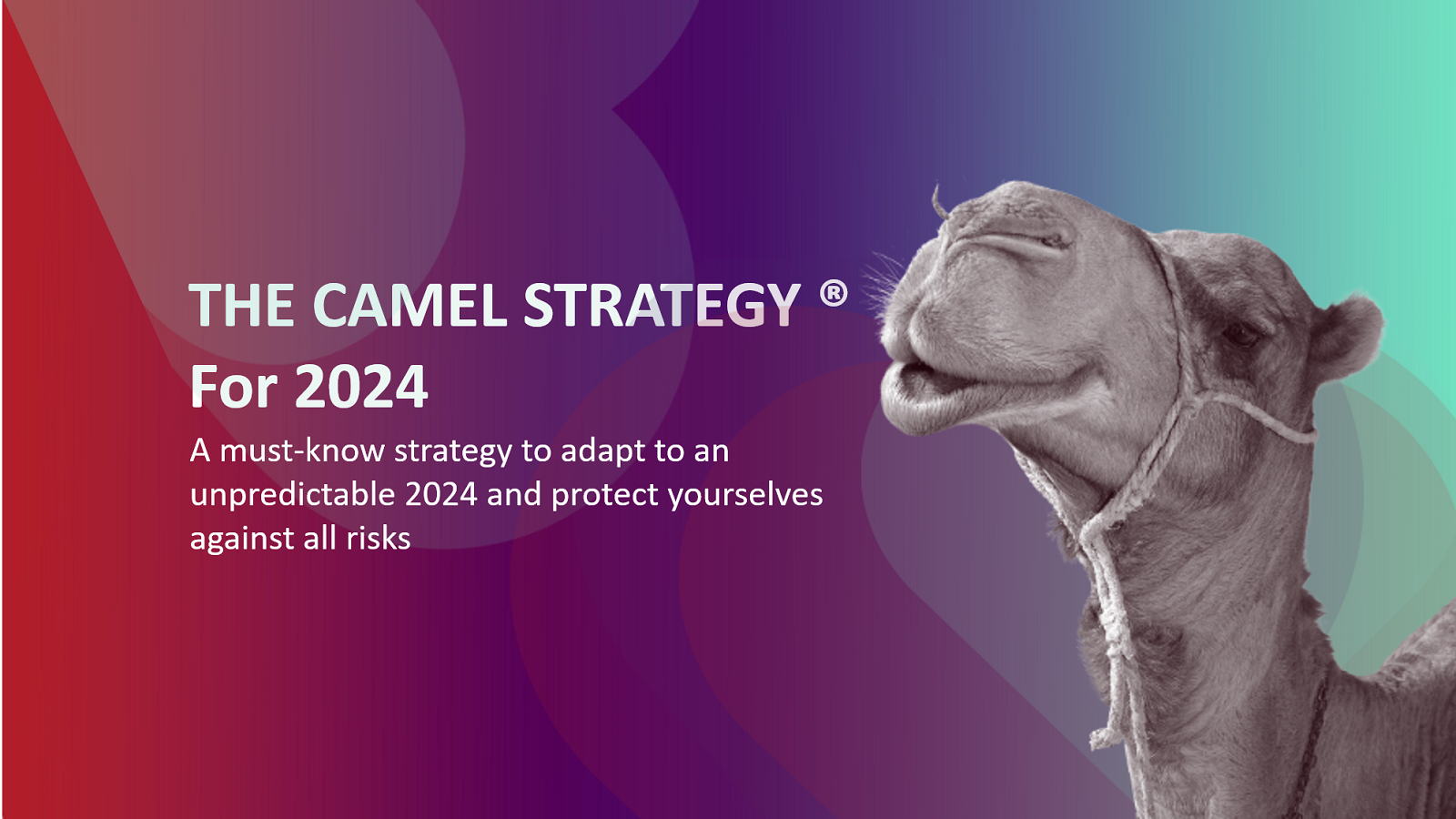Plan a Smooth Succession for Your Family Business
In many family businesses, the tension between the eagerness of the next generation’s leaders to take control, and the founding generation’s willingness to relinquish control, is the source of many failed relationships and companies. The founder does not trust the next generation to take on the responsibilities of the business, and the next generation does not sense the empowerment to do so. So, they find themselves at an expensive impasse with family harmony and the future of the business at risk. A lack of a co-designed transition plan can create havoc for a family business when, for example, a founder suddenly suffers a medical limitation that impairs their ability to function optimally, or the next generation throws in the towel because they don’t feel included in the future growth of the business. Based on our research of more than 2,500 families and our collective experience as family business consultants, we’ve found that the following strategies can help family businesses best manage the transition to the next generation.
Strike a balance between control and collaboration.
Just like any organization, family businesses face conflicts over power and control. Family dynamics can make these issues even more vexing. In one instance, we observed a son who was wary of assuming a leadership role within the family business because he believed he did not have sufficient autonomy to be effective. He often felt his father overrode his decisions and minimized his authority. Ultimately, the son left the family business rather than risk further damaging the relationship with his father. Had the father and son appreciated that autonomy and alignment are not mutually exclusive and adjusted their decision-making accordingly, they could have avoided this breakdown. Succession planning should include a timeline for assumption of responsibilities, and criteria on who has what authority for decision-making. Clearly articulated desired outcomes for key business decisions can also create the space for emerging leaders to exercise their autonomy in the pursuit of common objectives. This helps strike the balance between a founder’s strategic aims and the flexibility of emerging leaders to figure out how they can execute the shared vision.
Embrace the next generation’s perspectives.
One silver lining of the pandemic is that it gave families time to reflect on what values are important to them in terms of relationships, business, and legacy. How families want to use their wealth for the greater good and how to adapt to new business and philanthropic opportunities are key questions we have heard in many recent family engagements. Conversations around shared values that include nextgen ideas can begin to address these questions and help bridge the generational gap. According to recent research from PWC, family businesses with values in a written form are better prepared for succession and are more communicative and transparent. The survey goes on to say that, although 70% of businesses say the family has a clear set of values, only 44% have written them down.
Building a Resilient Family Business
One family we worked with recently discovered that they shared core values that included a sense of adventure, collective problem-solving, and care for their community. This young, blended family with a $1 billion family business was concerned about how their next generation would find their footing inside their significant wealth. We invited them to share their individual perspectives on what they value about each other, how they see themselves contributing to the family wealth, and how those values fuel philanthropic ideas. The below image represents the collective family perspectives and ideas.

Engaging the next generation early fosters a culture of collaboration and allows them to see how they might contribute to the family business that also supports their personal and career aspirations. When families operationalize these conversations, they foster trust, transparency, and alignment. Co-designing a common purpose based on shared values is a key component to building effective succession plans, especially between generations.
Bolster intergenerational solidarity.
Academic research points to the important role that exposure and affective commitment play in family business succession. Engagement with the business at a young age and ongoing conversations about joining the family business can help lay a strong foundation for a successful transition. We see in our work with families that those who succeed at succession often speak with the next generation about growth opportunities, competition, the history of the firm, and the ups and downs of a family business. They actively find ways for the next generation to explore how their priorities and desires could line up with the company’s goals and aspirations. Founders can also give their offspring opportunities to shadow family business leaders. Others create a “family bank” to fund pilot projects to foster an entrepreneurial spirit that aligns with intergenerational interests. Modeling pride and satisfaction with the family business can also inspire the next generation to sign on to the business. Successful transition plans include ways to build bonds across generations and negotiate win/win scenarios to join the family enterprise.
Embed high-trust behaviors.
Trust is essential for any high-performing team and plays a powerful role in family business transitions. Charles Feltman, author of The Thin Book of Trust, breaks down trust into four domains — sincerity, reliability, competence, and care. Sincerity is the consistency between one’s words and actions. Reliability is keeping the commitments you make to others. Competence is the assessment that you have the skills, resources, and capacity to do what you say you can do. Care is produced when you have the other person’s best interests in mind. You may trust someone in three domains, but not necessarily the fourth. Someone could be competent, sincere, and reliable, but you believe they are only looking out for themselves. In this case, the possibilities in which you are willing to work with this person are limited.
In a family we observed, the patriarch believed that his son was sincere, reliable, and caring. However, he did not believe he was sufficiently competent to run the family’s east coast real estate business from the west coast. They agreed on criteria to increase his competence that included getting a real estate degree and expanding business networks and the family business brand on both coasts. Both generations need to know they can depend on each other to fulfill their obligations and grow the business. Optimal transition plans include concrete ways to build trust, competence, and credibility so that both generations can transfer power and authority with confidence.
Co-design standards for readiness.
A central concern of family business leaders is assessing the readiness of the next generation to take over the business. This is critical because research shows that 25% of failed transitions occur due to a lack of a prepared heir. Taking time to co-design what readiness looks like enables both parties to align and have confidence in their ability to step into leadership roles.
We have seen in our interactions with many families that definitions of preparedness can vary greatly. For one founder, preparedness meant first working for three years at a competitor’s business. For another, readiness meant starting at the bottom and cleaning construction sites for a year. Completion of an MBA indicated being ready to head a business division for yet another family business leader. Having an in-depth conversation about specific standards that must be met to assume critical roles will help to manage expectations and avoid misunderstandings. Business succession planning must include the desired skills, attributes, and work experiences needed in order to plan a timely transfer of responsibilities between outgoing and incoming leaders. Preparing the emerging leaders to assume key roles in a responsible manner requires early planning, timelines, and ongoing preparation from both generations.
Over the years, we have noticed a tendency for founders to tighten controls of the family business as they look toward succession. To balance control with flexibility, families must bolster the participation of the next generation by giving them more autonomy, embedding high-trust behaviors, and adhering to clear standards of readiness. When done effectively, succession plans provide a pathway for future stability and ease the transition of next generation leaders. Engaging the next generation in business transition planning promotes greater alignment, collaboration, and perhaps most importantly, trust in each other and a shared vision for the future.
Source: https://hbr.org/2022/09/plan-a-smooth-succession-for-your-family-business
Metta Marketing
Leading Brand Strategy Consultant










